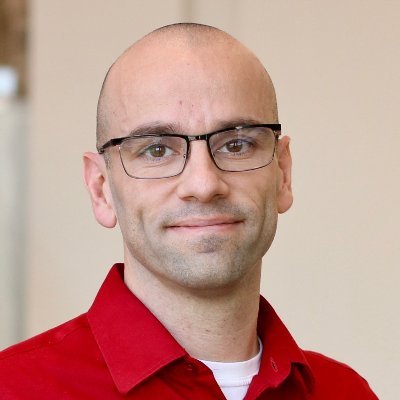In this bi-weekly blog series, I explore recent research on homelessness, and what it means for the provision of services to prevent or end homelessness. Follow the whole series!
A community health nurse by background, prevention models have always been of interest to me. While the traditional three levels of prevention (primary, secondary, tertiary) are well known, some are less of part of the common vernacular (primordial, quaternary). In particular, quaternary prevention is interesting to consider:
Quaternary prevention: Protecting persons accessing support systems from the unintended negative effects of utilizing these systems.
In the medical field, this has included considerations of over-medicalization or the need to shift to patient-centred or family-driven care models. In housing and homelessness, we need to consider how service utilization can be an extremely disempowering process, layered on top of the disempowerment felt on housing loss.
What does this have to do with a blog on research? Well, what if research could be used as a form of quaternary prevention, as a space for people experiencing homelessness to empower themselves?
Bruno De Oliveira of the University of Brighton tried exactly this, designing a participatory action research project that invited those with lived experiences of homelessness to contest social discourses related to housing loss. A team consisting of a PhD student, 3 community co-researchers, and two art students analyzed media depictions of homelessness and used art to create an exhibition that challenged these depictions, offering an alternative perspective.
The project saw a number of practical empowerment related outputs:
-
The art exhibit was viewed by over 500 individuals in their community.
-
Community co-researchers gained skills in critical analysis.
-
Mainstream media covered the exhibit, which notably was critical of their own stories.
-
Community co-researchers expressed a feeling of empowerment.
While small, this study highlights how research can be used not only as a tool for knowledge creation, but also in-and-of-itself as a space for empowerment/quaternary prevention.

